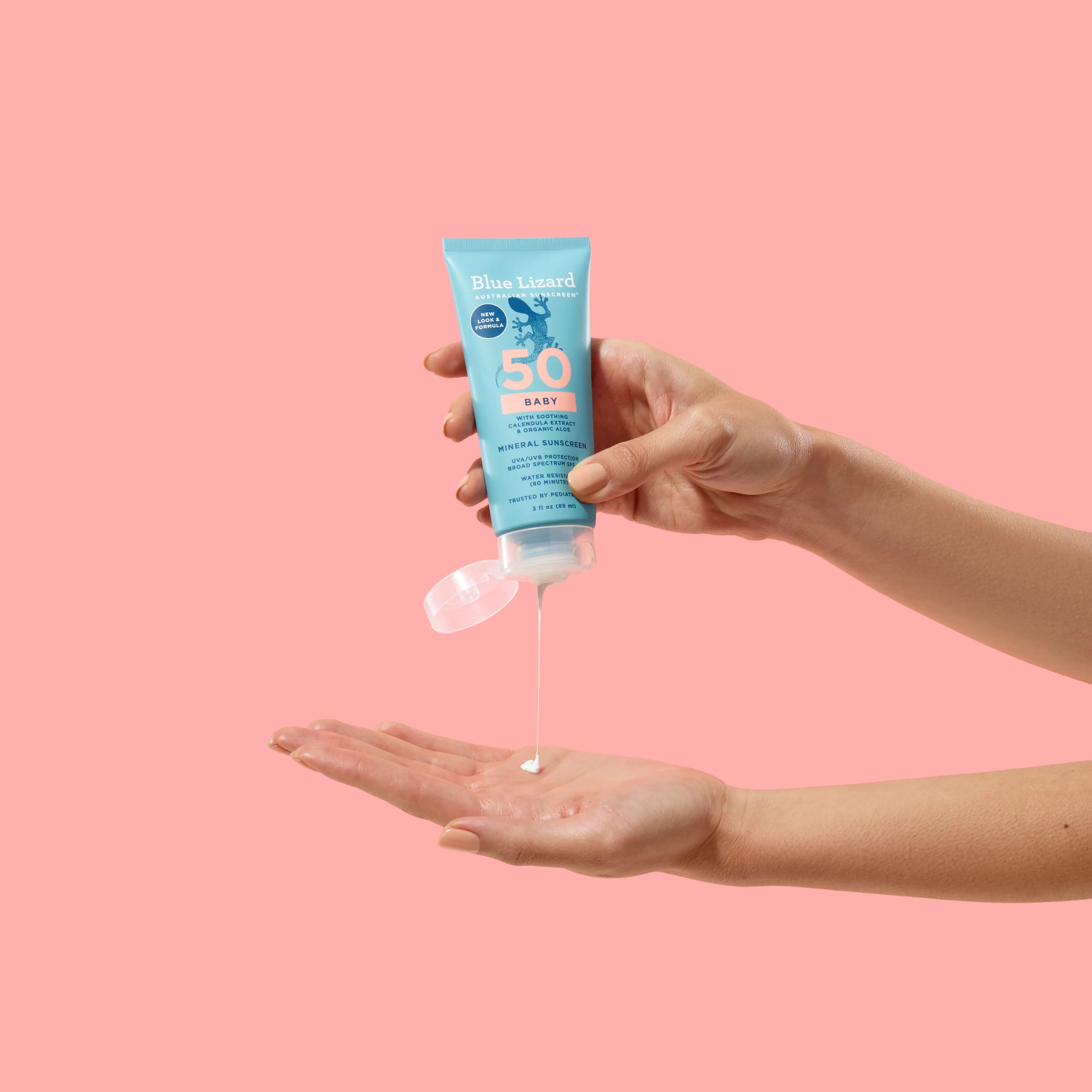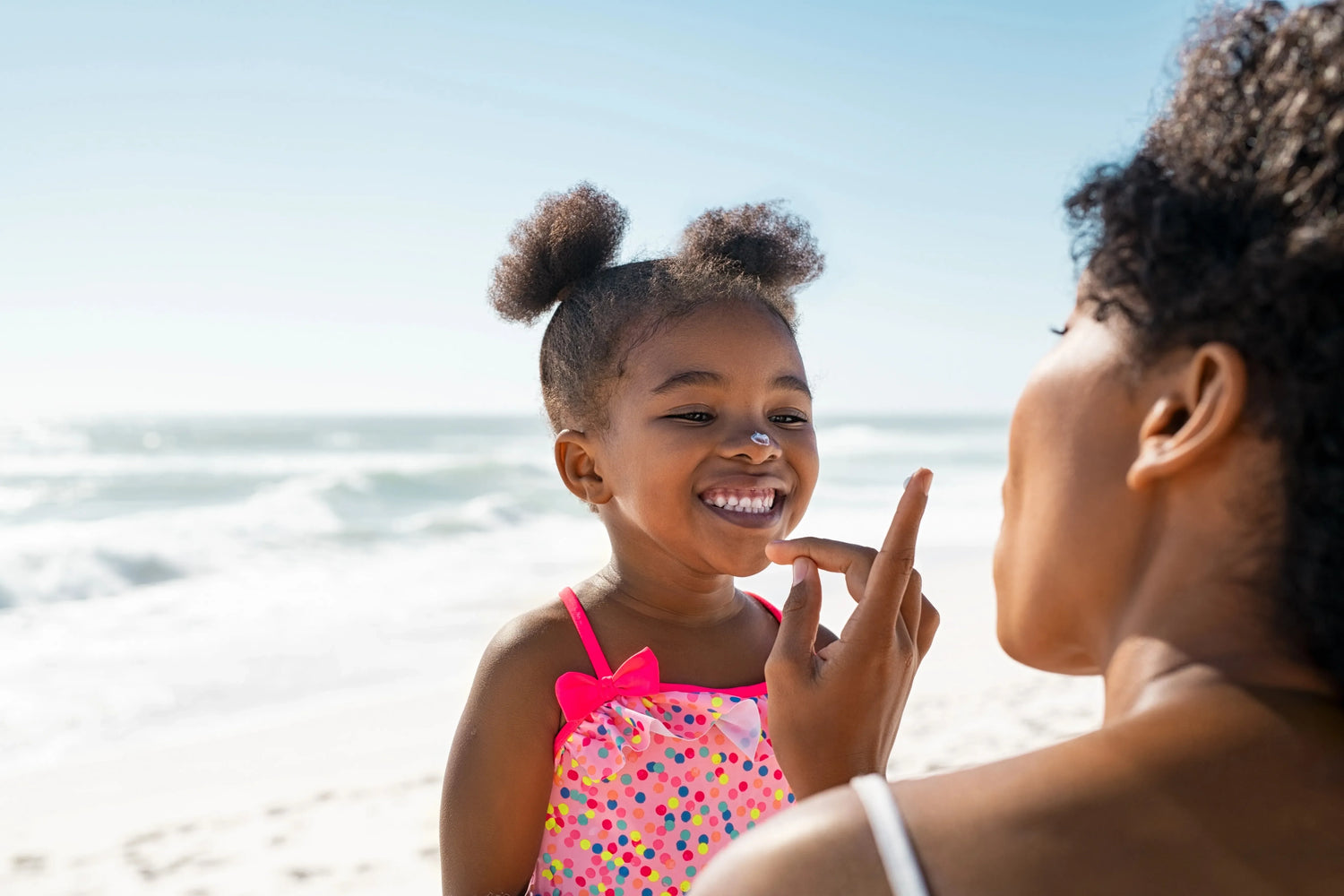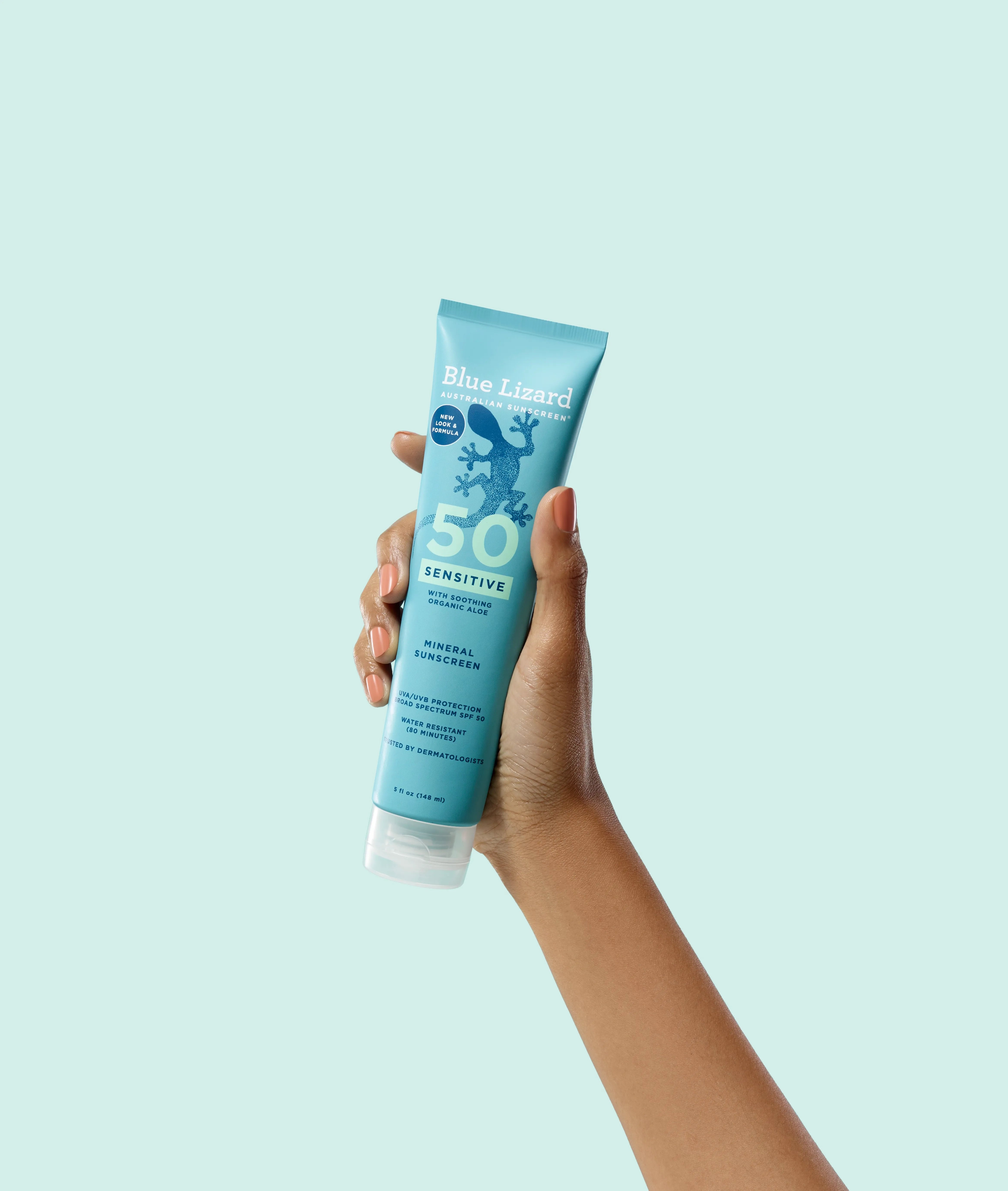Thanks to the internet, we have access to a seemingly unlimited wealth of information. Unfortunately, fiction can spread just as quickly as facts.
Below are 3 myths (as well as 3 facts) about sunscreen and sun safety that you should remember the next time you head out for a day in the sun.
Myth: The higher the SPF, the longer the sun protection lasts

You decide to spend a little extra for a sunscreen with the highest SPF available, apply it once before hitting the beach or the pool and still end up with a severe sunburn at the end of the day. What happened?
Sun Protection Factor, a.k.a. SPF, is a measurement of a sunscreen’s ability to protect against UVB rays. While it is true that a sunscreen with a higher SPF offers slightly better protection (an SPF 50 product is only 1% stronger than an SPF 30 product), it does not offer this protection for a longer amount of time.
Regardless of SPF, every sunscreen should be reapplied every two hours—SPF 30, SPF 50, SPF 100, SPF 99,999: Reapply. Frequently.
Water, sweat, physical activity and even sun exposure all cause sunscreen to wash or rub off your skin.
Dermatologists recommend using a sunscreen with an SPF of 30+. You can choose a sunscreen with a higher SPF, but the actual benefits may not be what you expect.
For example, an SPF 15 product blocks about 93 percent of UVB rays while an SPF 30 product blocks 97 percent of UVB rays. After that, the difference in protection between an SPF 30 sunscreen and an SPF 50 sunscreen is just 1 percent—and no sunscreen blocks 100% of UV rays.
Fact: Common chemical sunscreen ingredients are banned in Hawaii and Key West

Many popular brands of chemical sunscreen available at your local drug store or supermarket contain Oxybenzone or Octinoxate. These chemicals protect you from sunburn by absorbing into skin, where they convert the sun’s rays into heat. However, studies show that these chemicals may also damage coral populations across the world.
Studies into the threat these chemicals pose prompted Hawaii and Key West to pass a bill banning the sale of sunscreens containing the offending chemicals.
Our “We Love the Reef” line of mineral and mineral-based sunscreens contain no Oxybenzone or Octinoxate, so you can stay protected without worrying about these potentially harmful chemicals.
Learn more about reef health and “reef-safe” sunscreen here.
Myth: People with darker skin do not need sunscreen

This myth comes down to a misunderstanding of a naturally occurring pigment found in human skin: Melanin. The more melanin found naturally in your skin, the darker it is; the less melanin, the lighter.
Melanin is also the first line of defense against UVB rays for otherwise unprotected skin. Without sunscreen, your skin produces melanin to help prevent UVB rays from causing damage. When there is more UVB radiation than your skin’s melanin can handle, you get a sunburn.
This has led many people to believe that darker skin—i.e., skin with more melanin—does not burn. While it can take longer for darker skin to burn, it still burns just the same as lighter skin.
According to SkinCancer.org, many doctors and patients believe that people of color are immune to skin cancers, which can cause them to overlook potentially cancerous moles. While lighter-skinned people are more likely to get skin cancer, skin cancer tends to be more deadly among people of color.
The best thing you can do if have darker skin is to apply the same amount of sunscreen as someone with lighter skin would: one ounce—enough to fill a shot glass—applied every two hours or immediately after swimming.
What should you do if you do get a sunburn? Click here and find out.
Fact: There are no waterproof sunscreens
This may come as a surprise, especially if you have an old (pre-2012) bottle of sunscreen laying around. Before 2012, FDA guidelines allowed companies to market sunscreens as being “waterproof”, and many water resistant products used this to their advantage.
However, a quarter of the sunscreen you apply is washed off within 20 minutes of swimming.
The FDA has since cracked down on the claims it allows sunscreen manufacturers to make. The FDA has this to say:
“People should also be aware that no sunscreens are "waterproof.” All sunscreens eventually wash off. Sunscreens labeled "water resistant" are required to be tested according to the required SPF test procedure. The labels are required to state whether the sunscreen remains effective for 40 minutes or 80 minutes when swimming or sweating, and all sunscreens must provide directions on when to reapply.”
And if you do still have that bottle of sunscreen from 2012: throw it out. Unless marked otherwise, sunscreen has a shelf life of only three years past the purchase date.
Myth: Tanning beds are a safe alternative to natural tanning.
Most tanning beds emit around 12 times more UVA rays than natural sunlight does. This can cause rapid “photoaging”—prematurely aged skin characterized by wrinkles, darkening and spider veins.
Women who use tanning beds before the age of 30 are 6 times more likely to get melanoma. Just one session in a tanning bed can increase your risk of developing squamous cell carcinoma by 67 percent.
The safest tan comes from a bottle. Self-tanner (aka: “fake tan”) has come a long way since it was first developed. Most contemporary brands are indistinguishable from a natural tan if applied correctly.
You can find out more about the dangers of tanning beds on the American Academy of Dermatology’s website.
Fact: Most people are not using enough sunscreen (if they are using it at all)
It’s important to use sunscreen, but it’s also important to use the correct amount. Most people only use 25 to 50 percent of the recommended amount of sunscreen. Rubbing in a nickel sized dollop on your arms and legs is far from enough. If you’re not applying enough sunscreen to cover your skin, you’re not applying sunscreen—you’re just massaging yourself.
More troubling is the fact that that only around 14 percent of men and 30 percent of women regularly use sunscreen on all skin exposed to the sun.
You should always use about one ounce of sunscreen—enough to fill a shot glass. Don’t just apply it to your arms and legs; make sure that your neck, face, ears, head, chest, feet, shoulders and hands are covered as well.








